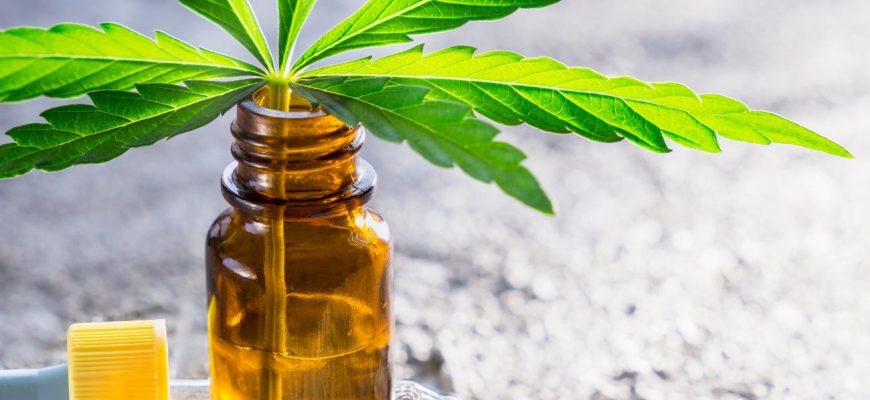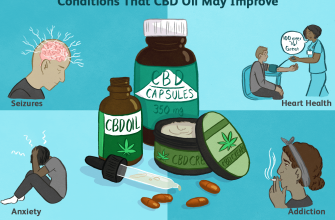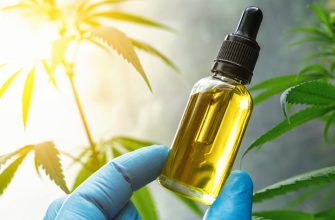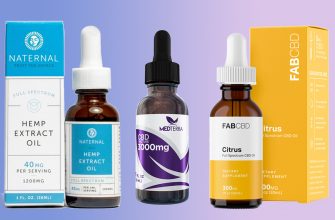Suppression of the breakdown of endocannabinoids
FATTY ACID AMIDE HYDROLASE enzyme – FAAH breaks down anandamide and 2AG and thus quickly stops their action at the synapse. Cannabidiol inhibits this enzyme (FAAH) and thus increases their analgesic and sedative activity of endocannabinoids via endocannabinoid receptors. Enzyme (fatty acid amide hydrolase
(FAAH is the enzyme responsible for the activity of anandamide. CBD suppresses the activity of this enzyme.
Thus, CBD brings anandamide back to normal levels (stopping breakdown) and brings the endocannabinoid system back into balance. A medical study examining the effects of CBD on schizophrenic patients found that cannabidiol caused an increased increase in anandamide levels, resulting in improved health in these patients.
Antioxidant activity
Activity against ROS of REACTIVE OXYGEN, which damage cells in various tissues and provoke inflammation and pain. The antioxidant activity of CBD is stronger than that of water-soluble vitamin C or fat-soluble vitamin E. Recent studies have shown that the antioxidant activity of cannabidiol is stronger than that of aspirin.The US government patent registration for the antioxidant properties of cannabidiol can be found at the following link:
Cannabinoids as antioxidants and neuroprotectors
Anti-inflammatory activity
The activity is manifested by suppressing the release of cytokines (CYTOKINES) and interleukones (INTERLEUKONES), which stimulate inflammatory processes, from the cells of the immune system.
Receptor activation
Activation of receptors in the nuclei of cells (RECEPTORS ACTIVATED BY THE PEROXISOM PROLIFERATOR (PPARS), as well as transcription factors that control the expression of many PPARS genes expressed in the cell nucleus membrane, control the development, differentiation, metabolism of carbohydrates and carbamyls, proteins, proteins, proteins And it prevents the proliferation of malignant cells and the formation of harmful proteins (AMYLOID PLAQUE BETA) in the brains of Alzheimer’s patients In addition to the fact that PPARS inhibits inflammation, including inflammation in the brain and gastrointestinal tract.
Activation and opening of cation channels
TRANSITIONAL RECEPTORY POTENTIAL VANNYLOID = TRPV-1, responsible for the relief of pain, fever and inflammation. The action of this CBD receptor / ion channel soothes painful sensations, suppresses inflammation and lowers body temperature.
Activation of the 5HT1A serotonin receptor
(The serotonin hydroxytryptamine receptor) acts as an antidepressant, causing nausea and anxiety. This effect is enhanced by the activation of the CBD adenosine receptor. It is important to emphasize that cannabidiol does not bind at all to other serotonergic receptors, such as 5HT2A or 5HT3A, which cause hallucinations.
Activation of “orphan” receptors
Namely: GPR18 GPR55 GPR119 = G PROTEIN RECEPTOR.
Consumption of CBD allows these internal cannabinoids to stay in our body longer, which supports and strengthens the endocannabinoid system. CBD is now known to activate many more receptors in addition to endocannabinoid receptors, which may explain the broad spectrum of CBD’s effects.





